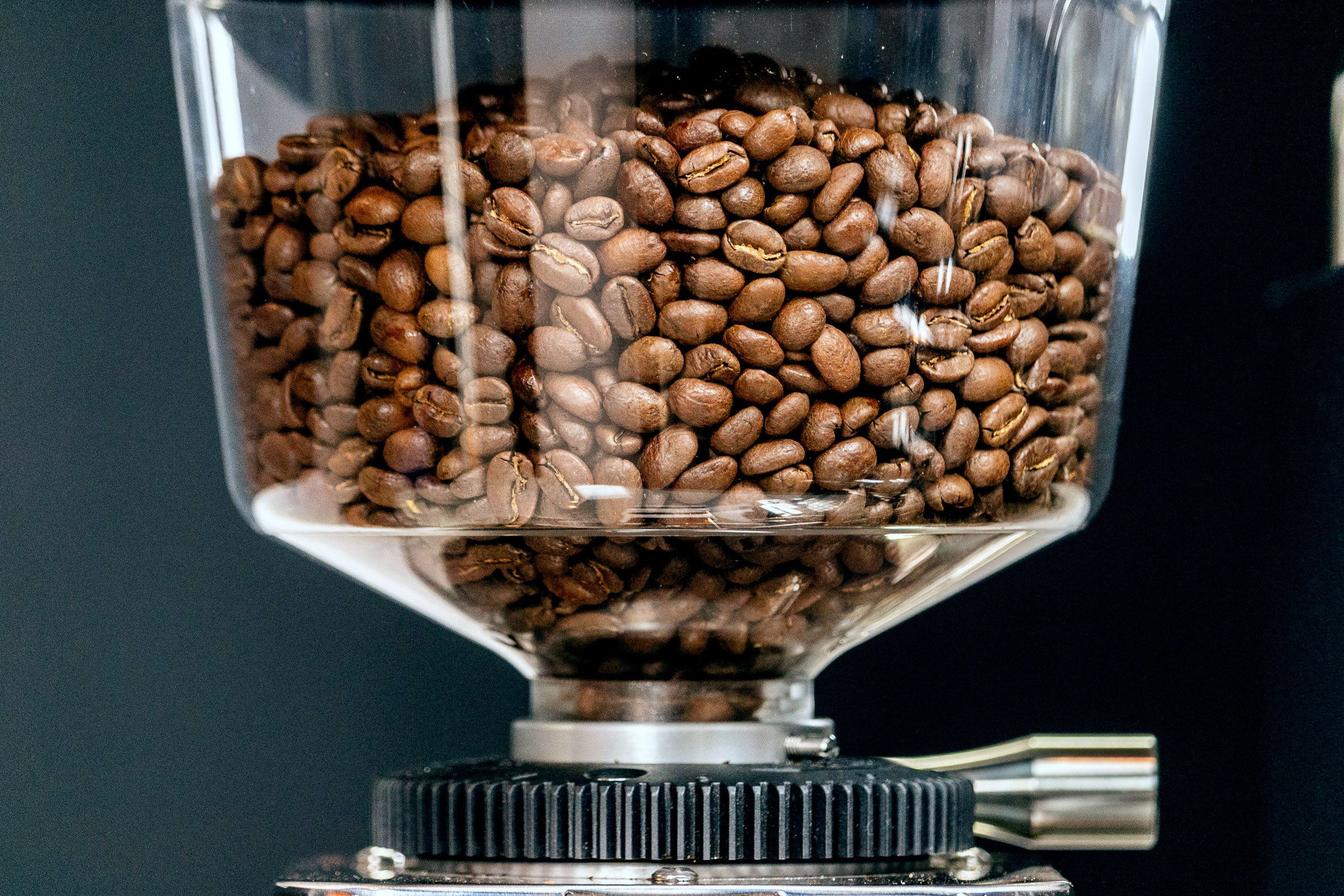3 Ways to Avoid Inconsistent Extractions

After our customers have spent a few days or weeks with a new espresso setup, we often hear that they’ve been enjoying their espresso but notice minor inconsistencies from shot to shot or from day to day.
Here are three areas of improvement to reduce these espresso shot inconsistencies:
- Coffee freshness
- Grind retention
- Volume of beans in the hopper
All three are incredibly easy to solve, and in this video, we'll show you how to figure out which one might be affecting your shots and how to fix it.
Video Text Transcript Below:
First, let’s start with one that applies to every brewing method: coffee freshness.
When coffee is exposed to oxygen and light, the compounds within it begin to break down. This destroys some of the flavor in the coffee as well as making it more porous. If your shots have been pulling faster and faster over the course of a week or two, and you have to adjust your grind setting drastically to compensate, this is likely due to your coffee not quite being fresh enough.
Luckily, keeping coffee fresh is easy. First, you should be grinding right before brewing. Grounds don’t stay fresh for more than a few hours, so a home grinder is key. Second, you’ll need a reasonably sized air-tight container that also blocks light. If your coffee comes in a resealable bag, that’ll work great. Even better are containers custom-made with coffee in mind, like Airscape canisters or Fellow’s Atmos containers. Avoid storing more than a couple of days' worth of coffee in your hopper at a time, as hoppers aren’t airtight. And always check that your coffee is within a few weeks of its roast date.
Our second main cause is grind retention.
All grinders hold on to some amount of grounds after grinding. When you grind your dose of coffee for that first shot of the day, the stale, dried-out grounds from yesterday are going to end up in your dose, too. These stale grounds will cause your first shot to pull faster while your second might pull as expected.
There’s an easy workaround to this, which is grinding a few grams of coffee before your first dose and tossing them. This will flush out the stale grounds and replace them with fresh ones, ensuring that your first shot of the day will be just as good as the last. We recommend doing this if your grinder has been sitting idle for more than 5 hours.
The third main factor is something that can come as a surprise: the level of beans in your hopper.
Most grinders are meant to operate with some downward force from the beans resting in the hopper. This keeps beans moving into the burr chamber quickly and smoothly. When your hopper is running low, that downward force starts to decrease. Not only can this affect your timed doses - giving you slightly less coffee than expected – it can also cause the grind size to skew coarser. The explanation for this involves complex physics that I don’t understand, but in practice, it can easily be proven true.
To avoid this, make sure that your hopper is always at least one-third full. That’ll provide enough downward force to keep things consistent.

Those are the 3 most common things that can cause inconsistent shots. As a bonus, I have one last tip for those of you with a heat exchanger machine.
Due to the way that heat exchangers heat water for brewing, they tend to have water that is just off boiling at the group head once they’re up to temp. This is far too hot for brewing. The hot water and the expansion of steam it produces cause water to blast through the coffee, pulling your shot much faster than you’d like. This disappointing effect is lovingly referred to as a gusher. Often, new heat exchanger owners will notice that their first shot is always off, but their second is spot on.
There’s an easy fix, and it’s called a cooling flush. By purging some water from the group head for 10 seconds or so before your first shot, you can get the water in your machine down to a good brewing temp, and your first shot will pull according to plan.
That’s it. We hope these simple tips help you to keep your shots right on target.
